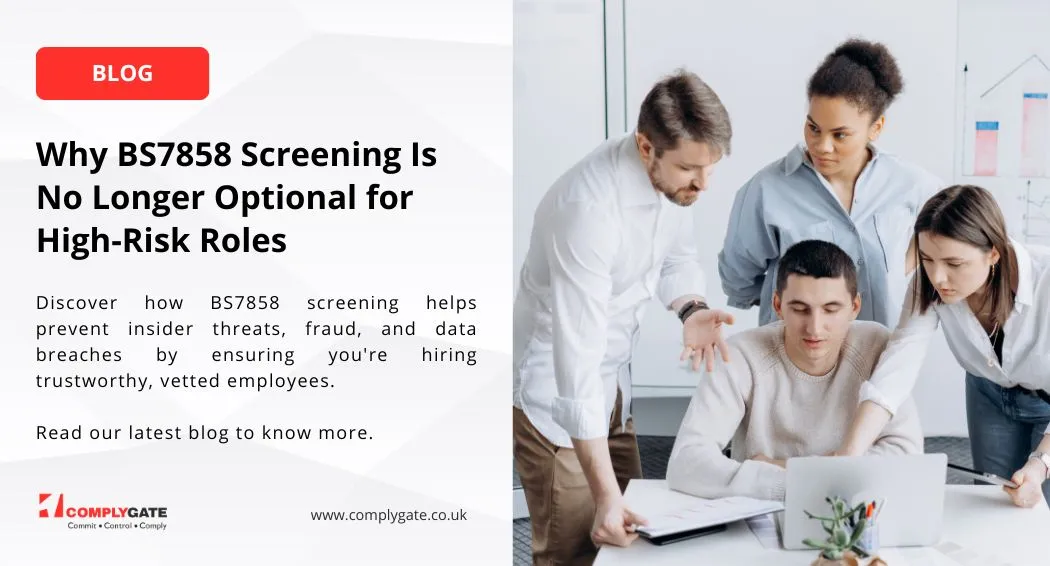What are the best practices of Performance Management?
Today’s remote worker require an incredibly unique approach to the performance management. With the new normal there is always a need to monitor expected behaviour and tracking results, as new business models and challenges are emerging. Most organisations were not prepared for this pandemic, people should feel free to act, and making mistakes should be acceptable. Line managers should be able to support employees and help with their development.
Cascading goals to individual worker
Passing organisational goals from higher management to each employee and refine them at each level so that the original goal is retained. This idea of managing by objectives dates back many decades. HR practitioners who support this argue that this helps people understand how work is related across different organisational levels, and what are the priorities? To them this is vital to reduce attrition and turf battles. However, creating, and cascading goals is operationally incredibly challenging. In SMEs it may be easy, but large organisations may struggle as cascaded goals may rarely reach past the higher management. The process of cascading goals in the performance management system needs plenty of time to promote the cascade. Organisations who are implementing a performance management system for the first time may find it difficult to cascade goals.
SMART performance goals
SMART (specific, measurable, attainable, relevant, time-bound) is an extremely popular practice today to evaluate employee performance. SMART goals are identified at the inception of the rating cycle. HR practitioners believe that this particularly practice can remove unfair subjectivity, provide tailored performance expectations, and motivate employees to achieve results. It may make the line manager’s job easy as they clearly communicate that what is expected of employees. However, it is inconclusive that it is the most compelling to motivate employees to achieve performance. It may work for certain industries, but it can be difficult for knowledge and service-based jobs due to their fragile and unpredictable nature. It is also very impractical to set goals in certain jobs like R&D. We cannot expect how much time scientists and researchers will take to come up with a vaccination or discovery. One of the underlying problems with the goal-based performance management is that employees usually have 5 to 10 goals per year, which may represent major projects. Such goals are high level goals and fail to capture the employee overall performance journey. SMART goals are highly likely to fail at workplace which is driven by knowledge and service work due to the complex processes and implementation challenges. Are SMART goals ineffective and need to be replaced with HARD (heartfelt, animated, required, and difficult) goals?
Competency rating
Managers use relevant competency rating model to rate employee behaviour and performance. Clear communication and transparency are especially important in is such practices. Employees are evaluated on factors like influencing, inspiring, communication, building understanding and trust, finding solutions, teamwork, collaboration for success, gathering information etc. It is important to note that behaviour rating models have been professionally researched by academicians and social science researchers and has been used for decades. One of the advantages of this practice is that it communicates what is expected of employees and increases overall transparency in the performance management process. HR practitioners support competency rating model as it may improve the consistency and accuracy of ratings, however, they fail to understand that there are compelling factors which operate within organisations that produce inaccurate ratings. Employees want to be treated fairly; it is hard to ascertain in this model that all employees who have performed similarly are awarded equal ratings. Line managers need a lot of calibration and monitoring.
Using multiple sources for performance data
Line managers, colleagues, senior management, and customers see distinct aspects of employee’s performance, multisource assessments enable more accurate performance review and provides complete picture. Collection of data form multiple sources can be done formally or informally. In done informally, line managers may ask for feedback from all the stakeholders and incorporate the date in the review. For formal data collection the process may be complex. The data may affect employee’s compensation, task assignment or promotion. If colleagues already know this then how the bias problem can will be eliminated. Also, these evaluations are subjective, so line manager may have different opinions for subordinates with similar performance. If managers are giving different ratings for similar performances, then the integrity of the performance management system will be undermined. HR leaders and practitioners need to understand that this a time to change how we view and implement performance management system. It should just not be an administrative exercise; it should be the most important system for managers to develop workforce and get the job done.











